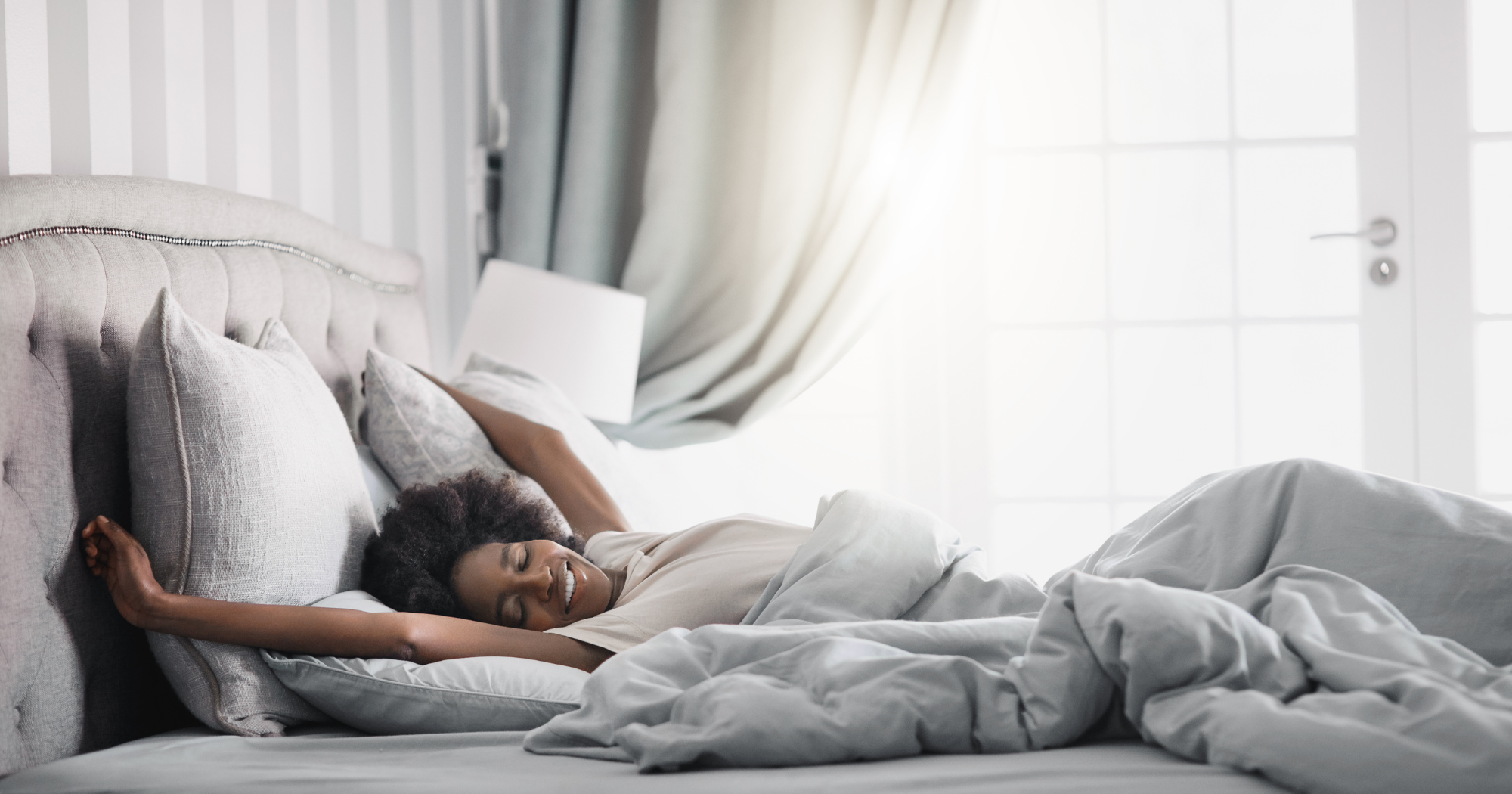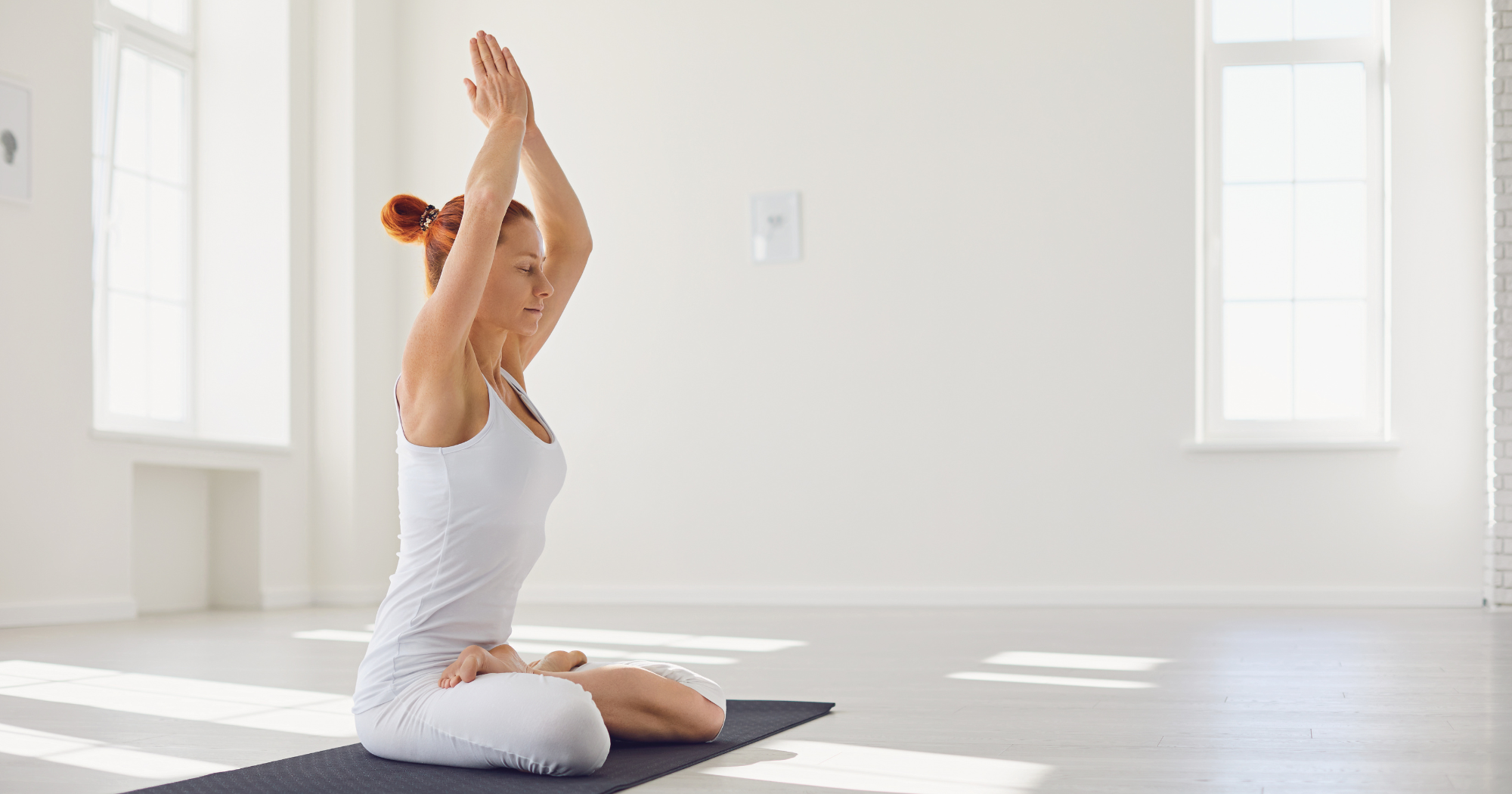
Best Exercises and Equipment for Lower Back Pain Relief
, Von FLOW Admin, 5 min Lesezeit
Über 1.200 zufriedene Kunden  (4.7/5)
(4.7/5)

, Von FLOW Admin, 5 min Lesezeit
Lower back pain is a prevalent issue, often exacerbated by factors like poor posture, a sedentary lifestyle, or improper lifting techniques. Fortunately, specific exercises and equipment can help alleviate this pain. This guide delves into effective exercises and recommends equipment that can help soothe and prevent lower back pain.
Cat-Cow Stretch: This gentle yoga movement helps loosen back muscles and improve spinal flexibility.
Child’s Pose: A relaxing stretch that eases tension in the lower back and hips.
Pelvic Tilts: These engage the core and lower back muscles, promoting strength and flexibility.
Knee-to-Chest Stretch: Eases lower back pain by gently stretching the lumbar spine.
Planks: A fundamental exercise that strengthens the entire core, which is crucial for lower back support.
Bird Dog: Enhances core stability and strengthens the lower back, improving posture.
Bridges: Targets the glutes and lower back, essential for a strong, supportive core.
Dead Bugs: Excellent for engaging the deep core muscles, improving coordination, and promoting spinal stability.
Cycling: Stationary cycling is a low-impact way to engage in cardio, which can improve overall back health. Look for bikes with good lumbar support, such as a recumbent bike, for added comfort.
Cross Trainers: Cross trainers or elliptical machines offer a full-body workout with minimal impact on the back. They are ideal for maintaining fitness while reducing the risk of exacerbating back pain.
Walking Pads: Gentle and effective, walking strengthens the back muscles without excessive strain. Walking pads provide a convenient indoor option and their adjustable speed settings cater to various comfort levels.
Adjustable Standing Desks: Prolonged sitting can exacerbate lower back pain. An adjustable standing desk encourages movement and allows you to alternate between sitting and standing, reducing the strain on your back.
Balance Boards: Engaging in exercises using a balance board can improve core strength and posture, indirectly benefiting the lower back.
Ergonomic Office Chairs: Ergonomic office chairs, designed to provide proper lumbar support, are essential for those who spend long hours sitting. These chairs help maintain the natural curve of the spine, preventing and alleviating back pain.
Yoga Ball Office Chair: This unique chair combines the benefits of active sitting with the core-strengthening advantages of a stability ball. It's designed to promote better posture and spinal alignment, making it an excellent choice for those looking to alleviate lower back pain while working.
Gradual Progression: Start with lower intensity settings and gradually increase as your comfort improves.
Maintain Proper Form: Ensure correct posture and alignment to prevent further injury.
Listen to Your Body: Avoid exercises or positions that cause pain or discomfort.
Consistency: Regular, gentle exercise is more beneficial than sporadic, intense workouts.
Managing lower back pain effectively involves a combination of targeted exercises and the use of supportive equipment. By incorporating these practices into your routine, you can significantly alleviate discomfort and improve your back health. Remember, consistency is key, and with the right approach, a pain-free, active lifestyle is within reach.
For effective relief from lower back pain, it's generally recommended to perform these exercises regularly. A good starting point could be 3 to 5 times a week, with each session lasting about 15 to 30 minutes. However, this can vary based on individual fitness levels and the severity of the back pain. It's important to start slowly and gradually increase the frequency and duration as your strength and flexibility improve. Consistency is key, so even shorter, more frequent sessions can be beneficial.
People with specific back conditions, such as herniated discs or sciatica, should exercise caution and possibly consult a healthcare professional before starting any new exercise regimen. Some exercises might need to be modified or avoided altogether, depending on the condition. For example, certain movements that involve twisting or bending might exacerbate pain for those with herniated discs. It's crucial to listen to your body and stop any exercise that causes pain or discomfort.
These exercises and equipment can often be effectively integrated into a broader treatment plan for lower back pain, which may include physical therapy or chiropractic care. In fact, many physical therapists and chiropractors recommend specific exercises to complement their treatments. It's advisable to inform your healthcare provider about the exercises and equipment you're using, so they can tailor their treatment to align with your fitness activities. This integrated approach can provide a more holistic treatment plan for managing and alleviating lower back pain.


